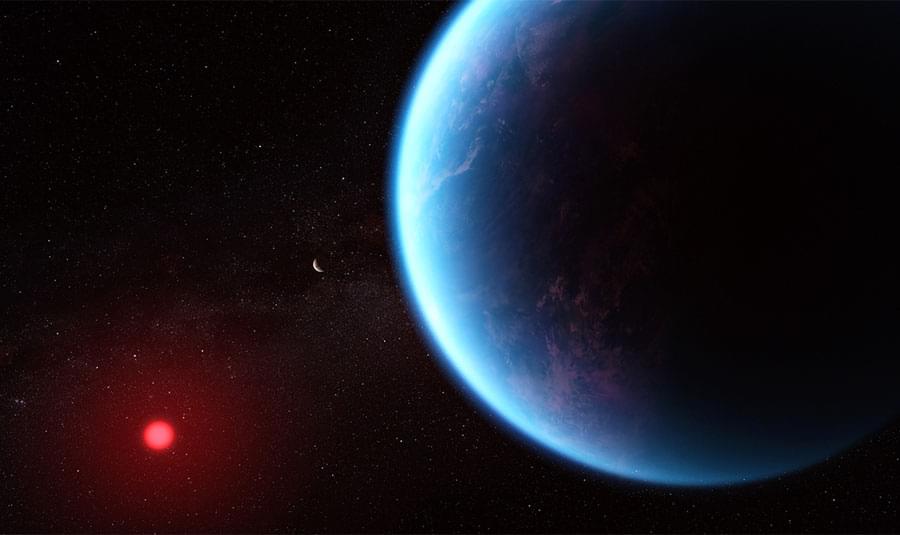While you won’t see a trace of this exoplanet or alien life, it’s easy to spot the red dwarf star that warms its surface.
You may never come face to face with your favorite rock star, but you can attend their concerts or listen to a music recording. Celestial bodies can be like that. Amateurs can’t see black holes, exoplanets, and accretion disks, but we can detect their presence by how they interact with their surroundings. At the very least we can picture them in our mind’s eye.
For example, a likely exoplanet orbits the 1st-magnitude star Pollux in the Gemini twins. It even has a name — Thestias. At public events, I point to Pollux and explain that a planet twice as massive as Jupiter orbits the red giant every 590 days. When it comes to novae, including the woefully-behind-schedule T Cor Bor, it’s fun to imagine the “single” star as a pair of tightly orbiting suns. One pilfers hydrogen from the other until enough material accumulates on the thief’s surface to detonate in a brilliant thermonuclear explosion. Voilà — a nova!
